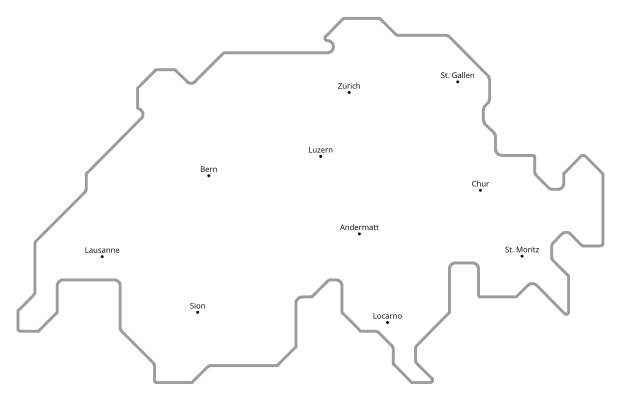Functional plant anatomy and ecology
Summary
The principal objective in this lecture is to develop understanding on how structural changes at cell, tissue and organ level allow herbaceous plants and trees to cope with environmental constraints and anthropogenic stress. Training and excursion illustrate and complete with hand-on aspects the information provided in the classroom.
Description
Focusing on the functional dimension of plant structures, students attending the lecture will acquire new analytical tools in plant anatomy and ecology and learn about bioindication applications. Typical topics in this lecture include: how can plant structures mediate trophic exchanges whilst preserving the organ integrity and plant homeostasis? Which structural changes are associated with maturity and senescence at cell, tissue and organ level? How much contribute the structural characteristics within each species to determining the ecological niche? Which macro- and micromorphological changes are promoted by biotic and abiotic stress?
Topics during training sessions include comparative functional plant anatomy, wood structure and dendrochronology, functional root anatomy and phytoremediation and, finally, the bioindication of stress factors. During the excursion, students can visit some ongoing experiments performed by WSL scientists in the field and exchange with researchers leading or participating to these projects.
More details in the French version
